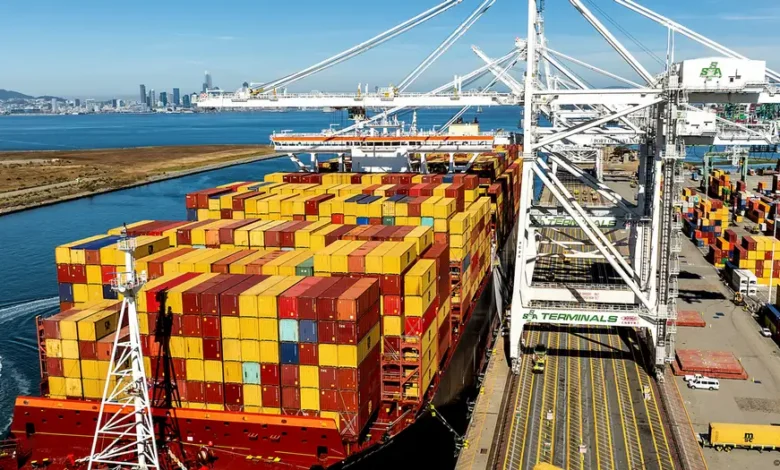
A sweeping set of US import tariffs ranging from 10% to 50% has come into force, affecting dozens of countries including key trading partners such as the European Union, Japan, and South Korea. The move is part of President Donald Trump’s intensified efforts to reshape global trade in favor of the United States.
Trump announced the tariffs just before they took effect at midnight (Washington time), declaring on Truth Social that “billions of dollars… will start flowing into the USA,” largely from countries that he claims have long taken advantage of US trade policies, according to international news agencies.
The tariffs target imports from nearly 70 countries, with a base rate of 15% for US allies such as the EU, Japan, and South Korea. Brazilian products face duties as high as 50%. Trump’s administration insists the tariffs are reciprocal and address what Washington views as unfair trade practices.
Although Trump has touted a boost in federal revenue, analysts warn that these tariffs are paid by US companies, not foreign exporters, and are likely to be passed on to consumers in the form of higher prices.
The escalating trade conflict between the US and India intensified with Trump’s order of an additional 25% tariff on Indian goods. This came amid tensions over India’s continued purchase of Russian oil, which Washington opposes.
India has defended its position, pointing out that both the US and Europe also import Russian products. Meanwhile, Indian industry groups are sounding the alarm, with garment sector representatives warning of mass layoffs due to declining export orders.
While Trump has announced a 100% tariff on imported semiconductors, Taiwan’s largest chipmaker, TSMC, has been exempted. The exemption is attributed to TSMC’s significant operations inside the US.
Taiwan’s National Development Council chief Liu Chin-ching confirmed the exemption, but noted that other Taiwanese chipmakers could still be affected by the steep tariff. Liu emphasized that Taiwan’s leadership position in the chip industry gives it a competitive edge, even under equal tariff conditions.
President Trump hinted that China could be next in line for increased tariffs, similar to the 25% hike imposed on India. While he stopped short of confirming the move, Trump stated, “It may happen,” and suggested that additional tariffs could be introduced depending on China’s behavior, particularly regarding Russian oil purchases.
Currently, Chinese goods are subject to 30% US tariffs, but Washington has left the door open for further action.
In a separate announcement, Trump revealed plans to impose a 100% import tax on all foreign-made semiconductors, in a bid to boost domestic manufacturing. The move is expected to raise the cost of electronics for US consumers.
Trump praised Apple’s announcement of a $100 billion investment in US operations, calling it proof that American companies are “coming home.”
Brazil has lodged a formal request for consultations with the World Trade Organization (WTO), challenging the legality of the 50% tariffs imposed by the US on Brazilian exports. Brazil claims these actions are a “flagrant violation” of WTO rules.
The Brazilian government expressed hope for a negotiated resolution but noted that the WTO dispute mechanism has remained paralyzed since Trump’s first term.
Observers suggest the tariff decision may also be politically motivated, linked to Trump’s support for former Brazilian President Jair Bolsonaro, who is currently on trial over coup allegations.












